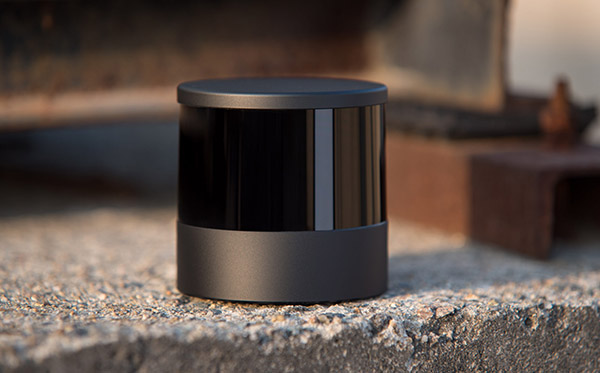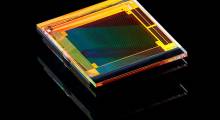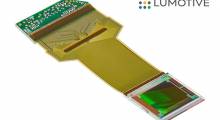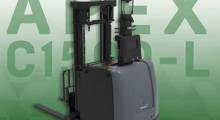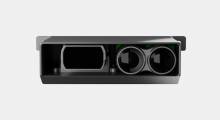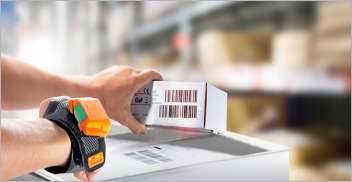Hesai Group today announced that it is working with NavVis GmbH, which will use Hesai's lidar sensors exclusively in its NavVis VLX 3 device for reality capture to create building information models, or BIMs.
“Hesai Technology has proven to be a true partner in delivering us the exact lidar sensor that we need to provide survey-grade quality to our customers,” stated Georg Schroth, co-founder and chief technology officer of NavVis.
“By integrating their technology into our mobile mapping system, NavVis VLX 3, we can deliver an even more powerful and efficient solution,” he said. “This partnership underscores our dedication to providing the highest-quality data and services to our clients, enabling them to make informed decisions based on reality and streamline their scanning workflows.”
Munich-based NavVis said its technology can “bridge the gap between the physical and digital worlds.” The company said it supplies fast and reliable spatial data to service providers and enterprises seeking to capture photorealistic digital twins of the built environment. It also claimed that its digital factory systems enable greater organizational operability, productivity, agility, and profitability.
NavVis VLX3 to use new sensor
NavVis said it delivers “comprehensive and highly detailed reality capture data for complex sites, whether indoors or outdoors.” The company's NavVis VLX 3 wearable mobile imaging system, NavVis VLX 3 enables laser scanning professionals to efficiently capture and analyze intricate environments for accurate BIMs.
The VLX 3 by NavVis will use Hesai’s all-new XT32 M2X sensor. Hesai said its lidar performs at a 120 m (393.7 ft.) range, offers accuracy with 32 laser channels, and empowers NavVis users to reliably capture precise and comprehensive data.
Based on the joint industry expertise of the two companies, Hesai said it has designed these sensors specifically to serve industries such as reality capture and architecture, engineering, and construction (AEC) and applications like scan to BIM.
“We are thrilled to partner with NavVis, a true leader in the reality capture industry,” said Bob in den Bosch, senior vice president of sales at Hesai. “NavVis has consistently demonstrated a commitment to pushing the boundaries of reality capture technology, and we are proud to be chosen as their lidar sensor provider.”
Hesai designs lidar for mobile robots
Hesai Technology said it is a global leader in three-dimensional lidar systems, which are necessary for advanced driver assistance systems (ADAS) and autonomous vehicle fleets. The Shanghai-based company said applications such as last-mile delivery and logistics robots in restricted areas also use its sensors.
Hesai, which has offices in Palo Alto, Calif., raised more than $300 million in Series D funding in June 2021.
It asserted that its commercially validated systems are backed by research and development capabilities across optics, mechanics, electronics, and software. The company added that it “integrates lidar designs with an in-house manufacturing process, facilitating rapid product development while ensuring high performance, consistent quality, and affordability.”
Hesai recently said its ET25 lidar is quiet and can be placed behind a car windshield. The company also claimed that it was the first lidar provider to obtain ISO/SAE 21434 automotive-grade cybersecurity management certification from TÜV Rheinland.
As of Dec. 31, 2022, Hesai had shipped a total of more than 100,000 lidar units. The company has established strong relationships with leading automotive OEM, autonomous vehicle, and robotics companies worldwide, covering over 90 cities in 40 countries.
Last month, Hesai announced a strategic partnership with software integrator CRATUS Technology to develop autonomous guided vehicles (AGVs) using its QT128 safety-rated 3D lidar to help ease warehouse labor shortages. The company also partnered with Inertial Labs, which will use its sensors to provide navigation capabilities for autonomous marine, land, and aerial robots.
Article topics
Email Sign Up

